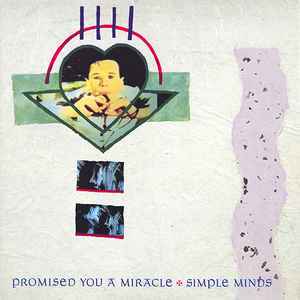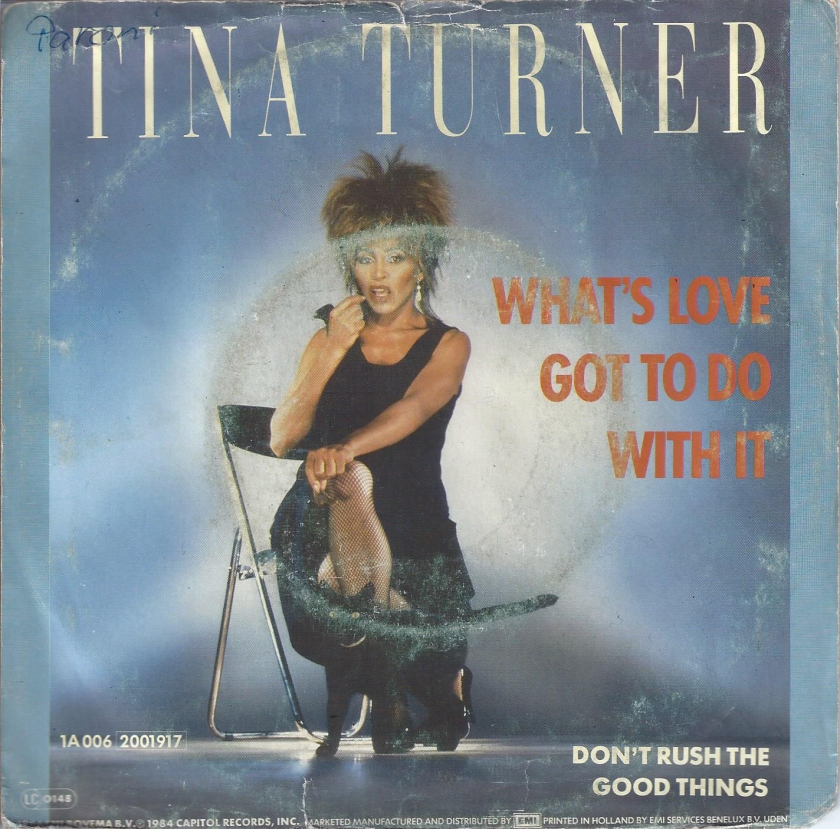Ten years ago today, I tweeted for the first time. News of the fledgling venture – then only a few months old, with just over 50,000 users – had reached my corner of blogland, and for a few days there was a small flurry of sign-ups, as we all took turns at answering the question we were being asked: not “What’s happening?”, nor its predecessor “What’s on your mind?”, but simply “What are you doing?”
For those first few months – before @replies, hashtags, retweets, automatically abbreviated URLs and integrated image hosting – we cleaved closely to the strictures of the question, and answered it mainly with present participles. It’s a creative project, we told ourselves: a series of pauses in the day, when we homed in on the here and now, and shared snippets of our realities. Tweets stood alone; conversations were largely frowned upon.
None of us foresaw what Twitter was to become. I had my first hunch when my partner K – who, rather to my dismay, had never bothered much with blogs – became fascinated with my timeline, stealing glimpses whenever he walked past the laptop. I couldn’t quite work out why, when blog posts had left him cold, tweets were drawing him in. But it was happening everywhere, with escalating rapidity, especially after people in the public eye started following the lead of early adopters such as Stephen Fry.
Gradually, the scope of the service expanded. Chatting became easier, and less irksome to onlookers. You could keep up with new blog posts, freed from the bother of feed readers – or you could micro-blog right here, with pics and links. You could commune with celebs. News stories might break here first. Via searches and hashtags, you could gauge responses to issues of the day. You could raise your profile, promote your work, build your brand. The whole world was here now. With minimal effort, you could stay informed, tracking the zeitgeist, swimming at the front of the slipstream.
Spambots were a nuisance, trolls a rarity. That soon switched around. Things started getting nasty. Outrage became a common currency. There were many casualties. But on we scrolled, as our reflective pauses and quick quips mutated into an ever-present dripfeed of hyperbole and hot takes.
Ten years on, the world’s a darker place. Some of us have been here before; the Thatcher-Reagan years felt like a tunnel from which we might never emerge, for instance. But then, there have always been two realities: the global, led by news stories, and the personal, informed by our immediate surroundings and experiences. The former has always had a bearing on the latter, of course – but it feels now as if the boundaries are blurring. By bleeding the two together so seamlessly and efficiently, Twitter is constantly thrusting harsh outer realities into delicate inner receptors.
This no longer feels healthy or useful. Twitter largely stopped being fun a long time ago; now, it feels like a drain on the collective well-being.
I’m dealing with it by re-compartmentalising. I’ll keep up with the news like I used to, at ring-fenced intervals. For the rest of the time, I’d rather be present in my own reality – which, to my great good fortune, happens to be a pleasant place to dwell. And I’d like to recover some of my lost attention span, too. Long reads. Books. Analogue media in general.
I can live with being second to breaking news. Hell, I can positively thrive without having whatever fuckwittery the fuckwits are spouting today repeatedly shoved under my face. I’ve seen enough Express/Mail screengrabs, Hopkins/Mensch smackdowns and Johnson/Trump GIFs for one lifetime, thanks all the same.
Besides which, ten years is long enough to be doing the same thing every day. Most of those formerly blogging early adopters moved on yonks ago, and my real-life friends are almost all on Facebook (which has its own multiple irritations, but compensates for them with companionship, conversation, and a “Hide All From…” option which I take constant glee in wielding). I no longer have stuff to pimp, or a profile to maintain.
I’ve been planning to do this for weeks. As the old saying goes, it feels like unchaining myself from a lunatic.
Adieu, Twitter. We’re done.






